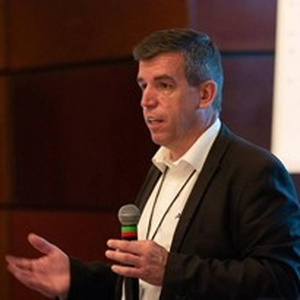Event Details
From aircraft and helicopter parts to engines and turbines, Additive Manufacturing (AM) is able to improve part performance, and to bring benefits such as material reductions, weight minimization, reduced assembly, and a faster time-to-market. In particular, it has the potential to meet challenging low-volume production targets.
While AM has been largely limited to noncritical parts, advancements in technology will allow the transition of structural parts to AM, and for critical damaged parts to be repaired. In this webinar, we will focus on two metal AM technologies that are making inroads in Aerospace applications - Powder Bed Fusion (PBF) and Directed Energy Deposition (DED).
PBF shares the layer-by-layer fabrication approach of other AM methods, but requires minimal support structures, allowing for more complex geometries to be produced. An example is the internal cooling channels of turbine blades. DED involves a focused energy source to locally melt feedstock material. Multi-axis deposition is possible and DED is suited to Aerospace manufacturing, coatings and repairs of high-value aerospace components such as turbine blades, blisks and engine combustion chambers.
(photo credit: BeAM)









